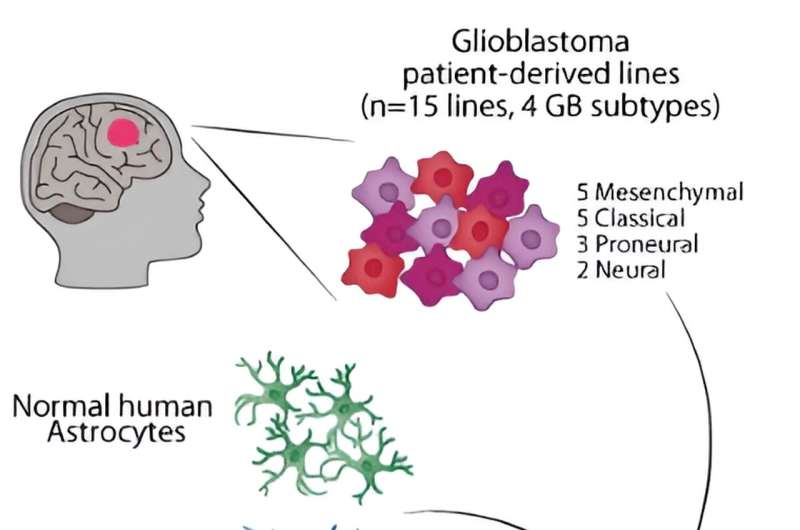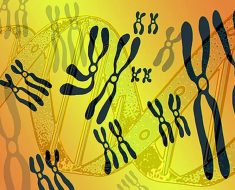
A pioneering study at Umeå University, Sweden, has unveiled that the 3D organization of DNA can influence the progression of the aggressive brain tumor known as glioblastoma. Having identified the factors that glioblastoma uses to respond to neurons by growing and spreading, this discovery paves the way for further research into new treatments for brain tumors.
“We have now identified the most important factors behind how the tumor responds to nerve cells, thus becoming more dangerous. These findings offer hope in our long-term battle against this difficult-to-treat cancer, for which the prognosis has not improved in decades,” comments Silvia Remeseiro, Wallenberg fellow at WCMM, Assistant Professor at Umeå University, and lead author of the study.
Glioblastoma is the most fatal type of brain tumor among adults and there is currently no curative treatment. Glioblastoma patients typically face a survival of roughly one year post-diagnosis. Even following current treatment regimes, which include surgery, radiotherapy and chemotherapy, a mere 4% of patients are still alive five years after diagnosis.
One possible way to understand and tackle this form of cancer is through DNA. It is already known that changes, mutations, in parts of DNA that do not contain genes can increase the risk of cancer and affect how genes function. This is because DNA contains so-called enhancers, “switches” that ensure that the right genes are turned-on in the right cells at the right time.
A tight control of genes is crucial. If there are errors in these “switches” or abnormalities on how they contact the genes, changes in gene expression occur, which can eventually lead to cancer. A further step forward was taken when researchers discovered synaptic connections between nerve cells and brain tumors. Nerve cells can send electrical signals to brain tumor cells that make the tumor grow and spread.
The recent study by Umeå researchers now published in Nature Communications, shows that alterations in DNA structure and in enhancers, which in turn affect how genes are expressed, are crucial for the communication between neurons and tumor cells. It also offers insights into how glioblastoma cells become more dangerous in response to the signals from the nerve cells.
Using cells from glioblastoma patients and advanced techniques to analyze DNA structure and epigenetics, the researchers identified the key players central to this neuron-to-tumor communication, named SMAD3 and PITX1. These two proteins bind to and control the DNA switches that regulate gene expression. In experiments on both cell cultures and mice, it was possible to see how SMAD3 inhibition, together with the signals from the nerve cells, potentiate the tumor’s ability to grow and spread.
“We are optimistic that our discovery can guide efforts to attack glioblastoma by controlling how nerve cells and brain tumors interact. This would enable the development of new treatment strategies targeting this critical communication, which could hopefully improve the prognosis of glioblastoma patients,” concludes Silvia Remeseiro.
More information:
Chaitali Chakraborty et al, Rewiring of the promoter-enhancer interactome and regulatory landscape in glioblastoma orchestrates gene expression underlying neurogliomal synaptic communication, Nature Communications (2023). DOI: 10.1038/s41467-023-41919-x
Journal information:
Nature Communications
Source: Read Full Article





